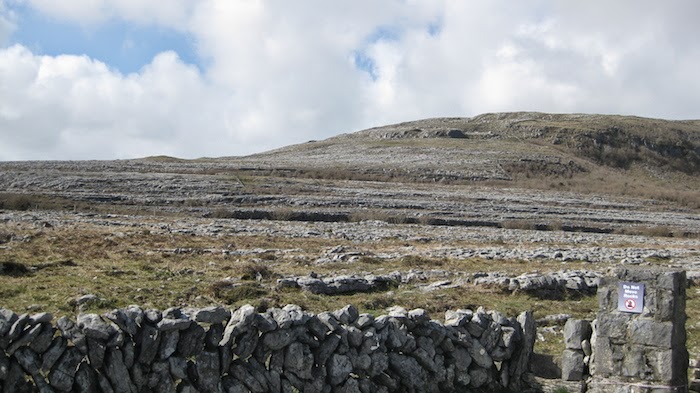The day started at about 4-30 a.m, as it always does whenever the First Light filters through the curtains. My time of rising varies throughout the year, subjected as I am to the Sun. The one blessing is that now that I am retired I can always slip back into bed for a short sleep.
The Waning Crescent at 5-00 this morning 26th April.
Sunrise was at 6-10. We are approx GMT -30 minutes.
Our bathroom goddess Boann.
We have given our bathroom a going over (a make over) and she who has been gracing the wall above our bath was included in the process. Mrs H gave her |(Boann) a repaint plus with the addition of crystals, pearls and shells. In candlelight she positively glows
giving the setting a peaceful atmosphere, whilst one relaxes in a hot bath.
A 6 year old Pear Tree
I have never seen so much blossom on our pear tree, unfortunately if we are to have any decent sized fruit, we shall have to drastically remove many of the small pears. For I think that it were let go then many of it's slender branches would break off.
A macro shot of a pear floret.
While taking a few photo's of the tree I was unable to resist the beauty of the floret.
A mixed fruit cheesecake.
This last photo is actually some research. That Mrs H and I felt that we had to undertake, in order to fully prepare for our visitors who will be descending on us early next month.
Our unanimous verdict is that this cheesecake is one of the finest that either of us has ever tasted. In a word it is truly Sumptuous!
So much so that I am wondering if it might be too rich for them and am considering
whether it is possibly a Health and Safety issue. I shall be guided on this by the blog readers comments.




















